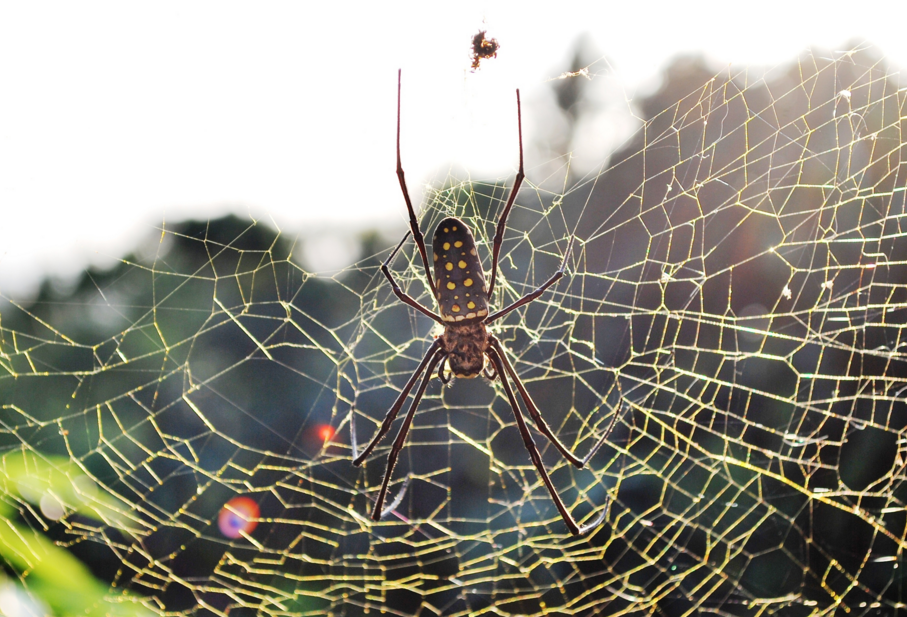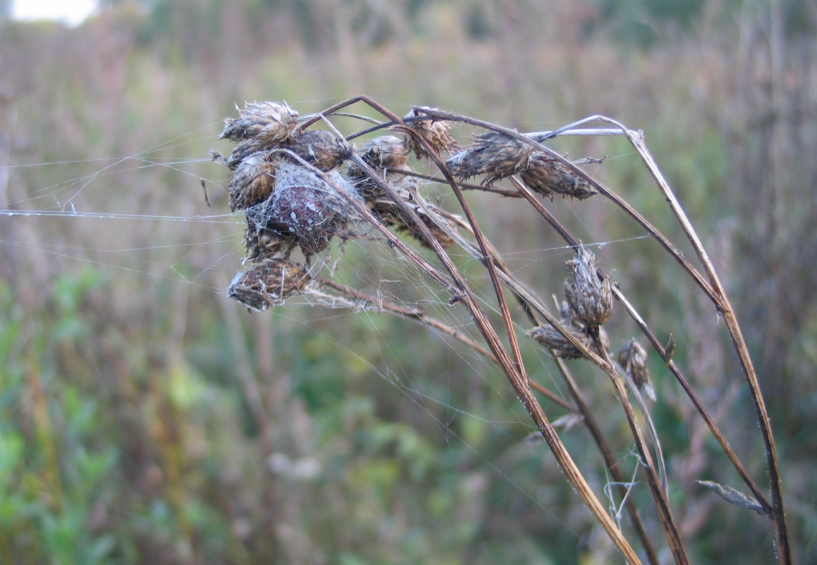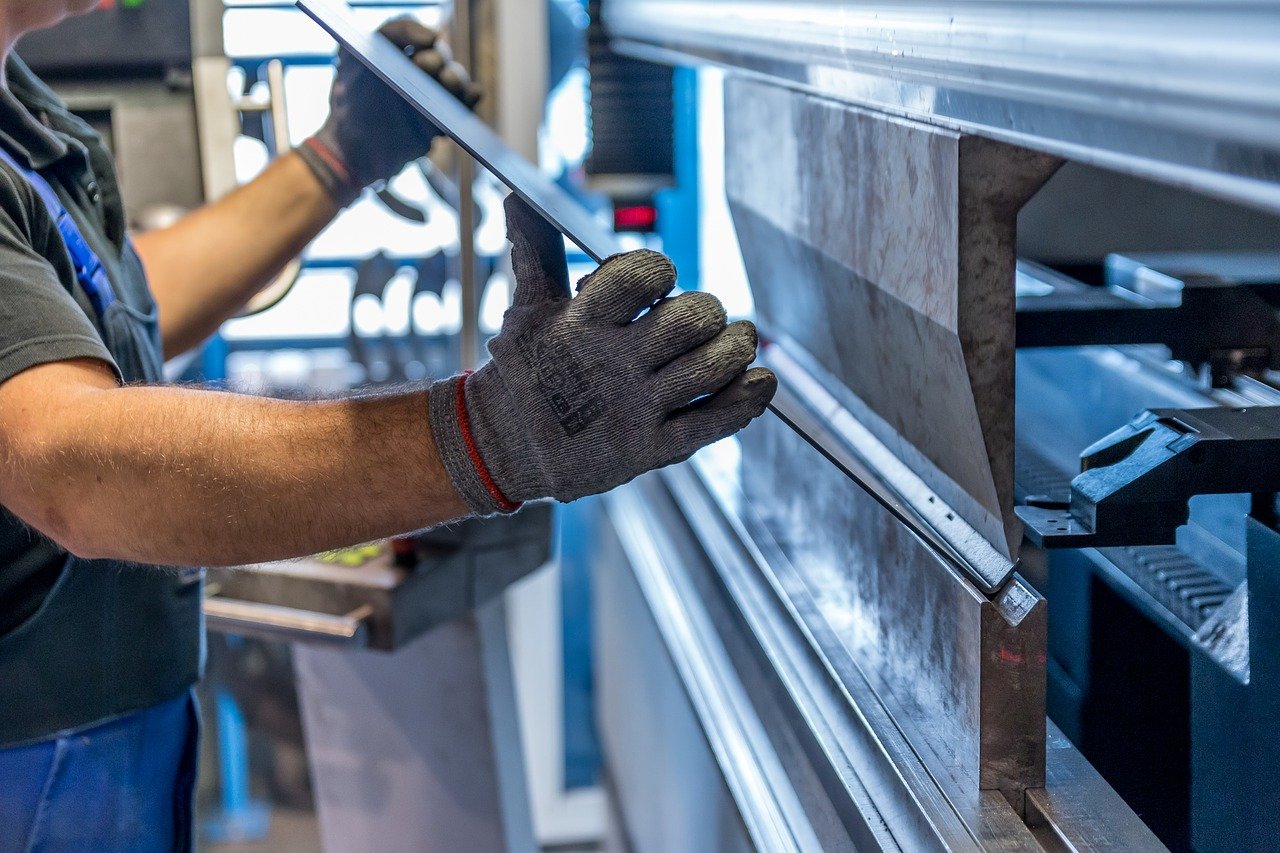Researchers are currently exploring a new avenue in forming stronger constructing materials by taking inspiration from spider silk. They have enabled the tests to evaluate the authenticity of this theory by formulating a synthetic web design structure. This was made possible by a pathway system that was enabled by a multi-scale model and an innovative micro-scale 3-D printing mechanism.
These tests are performed with the objective of finding whether spider silk can be used to manufacture designs and structures that are damage resistant and reliable. The low density and high strength of the spider silk have caused scientists to consider other possibilities for the substance from which spider webs are made from. It is delicate enough to create intricate designs, and if taken by the ounce, it can be stronger than steel.
Massachusetts Institute of Technology (MIT) has published a paper on the subject, which explains the properties of spider silk that can be mimicked synthetically. Scientists are trying to understand the structural properties of natural silk by bending computation modeling and mechanical analysis. Professor Markus Buehler, head of MIT’s Department of Civil and Environmental Engineering (CEE), and the lead author of a paper said in an interview, “This is the first methodical exploration of its kind. We are looking to expand our knowledge of the function of natural webs in a systematic and repeatable manner.”
This theory can be the first step of fabricating a revolutionary material that can help engineers design structurally strong and reliable structures. The paper also explains the finer points of the structure study, involved in a series of tests, namely failure mechanism, spider web structure, and loading points. The equal distribution of web to distance ratio in a spider’s web enables the bug to optimize the strength of the web for its prey. The stability offered by the delicate thread can be used in synthetically constructed materials.
Harvard University professor Jennifer Lewis, who is also the part of the research team, said in a statement, “Spider silk is an impressive and fascinating material. But before now, the role of the web architecture had not yet been fully explored.” The team of researchers is also exploring the geometric aspects of the architecture of a simple spider silk. The main aim is to construct a synthetic, 3D printed design that is similar to that of the natural design.
Although the weave strength and diameter was controlled by the team, it was necessary to identify whether heterogeneous or homogeneous methods would yield better results. Web tests were conducted in a tightly controlled environment. The scientists found that the web created with uniform thread diameter and count are structurally stronger and more resilient, and they can withstand a greater external force of environment, such as rain, wind and gravity, than the webs that are created by non-uniform threads.
The scientists now plan to move to the next phase of the tests and want to find out the effect of movements and vibrations on the structural integrity of web structures. This can eventually open doors for optimized structural printing and multifunctional structures.








